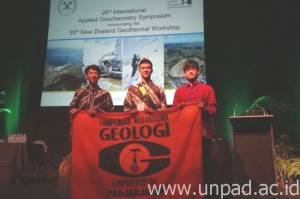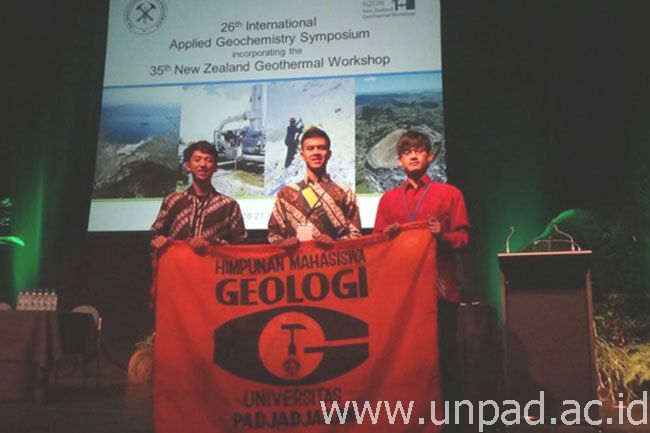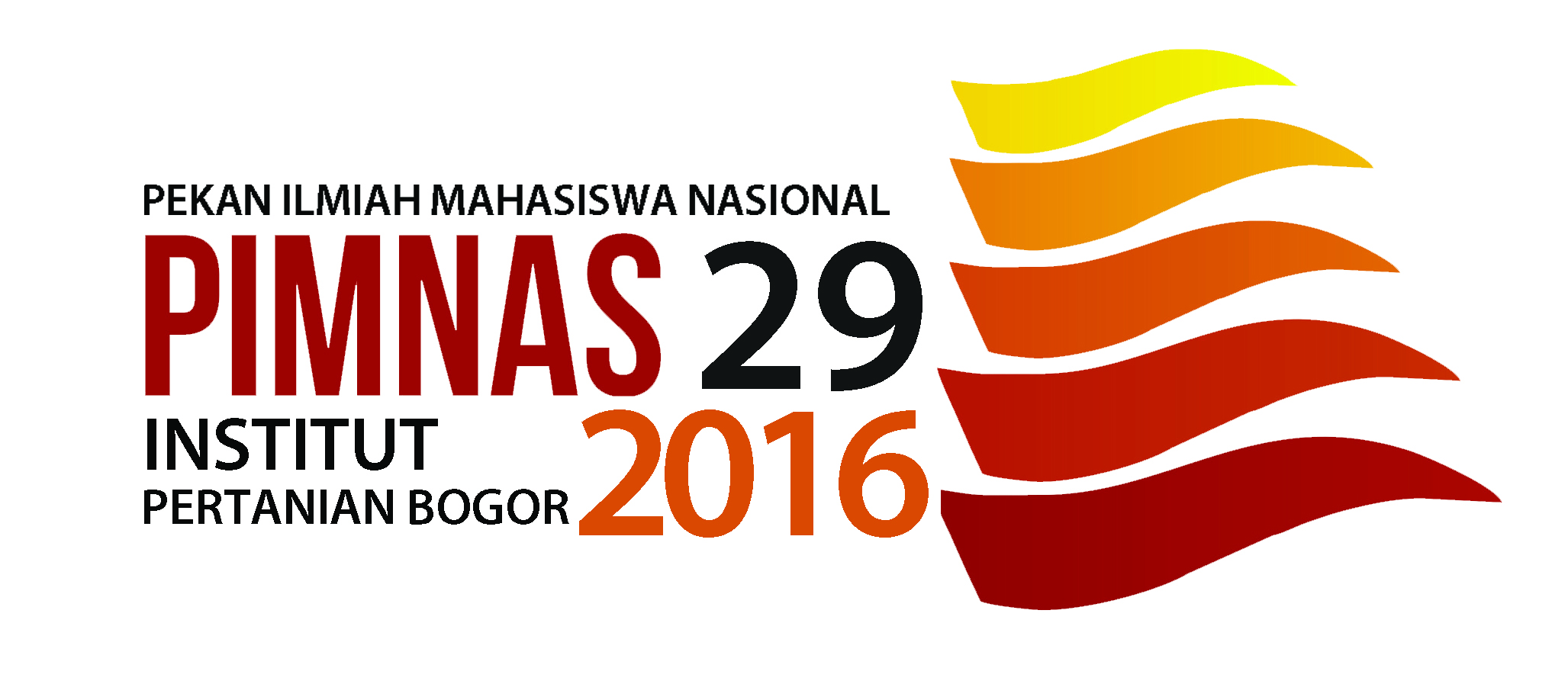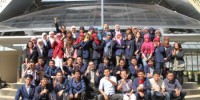[Unpad.ac.id, 02/12/2013] Research on geothermal as a renewable energy source has been rigorously conducted by researchers in Indonesia, three of whom were students from the Faculty of Geological Engineering (FTG) Unpad whose piece of research enabled them to represent Indonesia and take part in an international conference, “the 26th International Applied Geochemistry Symposium (IAGS) on November 18-21, 2013 in Rotorua Convention Center, Rotorua, New Zealand.

While other pieces of research on geothermal prospects would normally be conducted at type C mounts, Novangga Anandhika Putra, Naufal Juliandre, and Rifky Meisya conducted research on the geothermal prospect of a type B mount, which was Tangkuban Parahu. Within two months of research, they used 2 different approaches, namely geological and geochemistry approaches. The former was used to map the research location with main emphasis on lithology and land structure, two aspects influential to geothermal system. The latter was used to study fluid samples. By using these two approaches, location suitable for the development of geothermal can be effectively determined.
The students admitted that their research findings, presented in the conference, brought positive impacts for them. “Alhamdulillah, we could get to meet the world’s prominent geoscientists, one of whom was Patrick Browne. In addition, we could gain knowledge and build international connection. All in all, we all feel proud of being able to bring Unpad to such rewarding international event,” said Novangga.
The conference, the initiative of Association of Applied Geochemists (AAG) in collaboration with geoscientists in New Zealand, hosted world geoscientists to present their research findings and disseminate their methods and exploration analyses for the development of geothermal. Furthermore, all geoscientists present at the conference were also asked to participate in a field trip, workshops, brief training, and career days.


